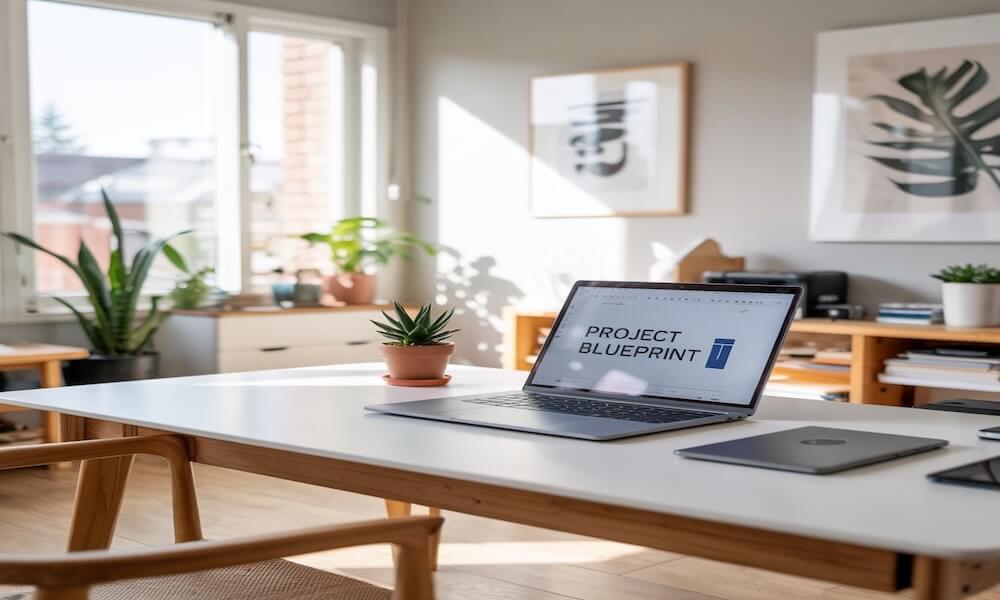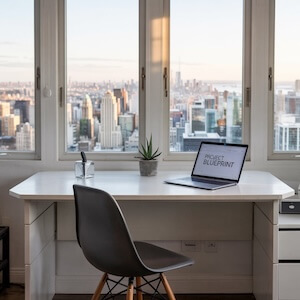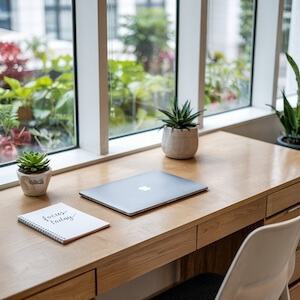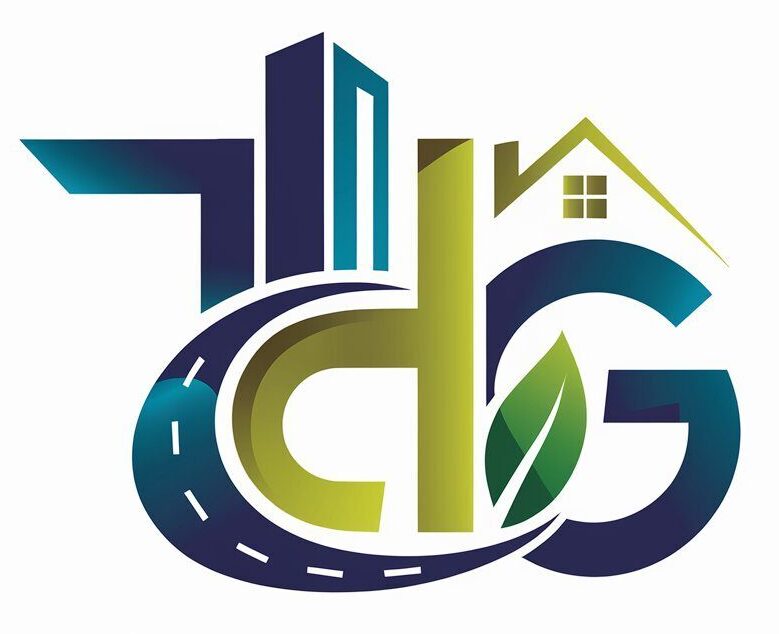Design The Perfect Home Office
Designing the Perfect Home Office in a Custom Home
In today’s world, the home office has become a standard feature rather than a luxury. Whether you’re working remotely full-time, running a business from home, or just need a quiet space for bills, schoolwork, or creative projects, a well-designed home office is a valuable and versatile addition to any custom home.
When you’re building from scratch, you have a unique opportunity: you can design your home office to be exactly what you need it to be—without compromising on comfort, productivity, or style.
In this article, we’ll explore the many possibilities for a home office in a custom home, including layout ideas, privacy considerations, storage, lighting, tech, and flexible options for families with changing needs.


Choosing the Right Location
One of the biggest advantages of designing a custom home is that you can choose the perfect location for your office.
Options to Consider:
- Main-floor office: Great for accessibility and visibility, ideal if you frequently meet clients or need to keep an eye on household activity.
- Second-floor office: Offers more privacy, especially if your main level is an open floor plan.
- Basement office: Quiet and tucked away, perfect for focused work—as long as it has good lighting and ventilation.
- Detached studio or backyard office (ADU): Ultimate privacy and separation for entrepreneurs or creatives.

Privacy and Soundproofing
Even in a custom-built home, distractions can still creep in—kids playing, dogs barking, or neighbors mowing the lawn. That’s why soundproofing is essential in a home office.
Smart Solutions:
- Use solid-core doors instead of hollow ones.
- Add insulated interior walls, especially if your office is near high-traffic areas.
- Consider acoustic panels or carpets to absorb sound.
- Design for separation from living areas when possible.
If total isolation isn’t needed, open loft-style offices with partial walls or glass partitions can maintain flow while offering a sense of separation.


Natural Light and Views
A well-lit office doesn’t just look good—it also boosts productivity and mood. One of the best perks of building a custom home office is planning natural light right into the design.
Tips for Light Optimization:
- Add large, strategically placed windows that bring in soft daylight but avoid harsh glare on screens.
- Include skylights or transom windows if wall space is limited.
- Place your desk facing a window for both light and inspiration.
- Combine with task lighting (desk lamps, overhead lights) for a balanced workspace.

Custom Storage and Organization
A cluttered space leads to a cluttered mind. With custom home design, you can build in exactly the storage you need—from filing systems to display shelves to hidden nooks.
Custom Options:
- Built-in cabinetry to house printers, documents, and tech gear.
- Floating shelves for open storage and visual interest.
- Lockable drawers or closets for confidential materials.
- A closet-converted office (“cloffice”) in bedrooms or under stairs for compact workstations.
Designing storage with intention keeps your workspace tidy and your mind focused.


Tech Integration and Connectivity
Technology is the backbone of a modern home office. Fortunately, building a custom home allows you to hardwire your office for seamless connectivity.
Must-Have Features:
- Ethernet ports for fast, reliable internet (especially important for video calls or large file uploads).
- Plenty of power outlets, including USB and surge-protected options.
- Smart lighting systems that adjust brightness and temperature.
- Integrated speakers or voice-controlled assistants for music and scheduling.
- Wi-Fi boosters or mesh networks if your office is far from the router.
Don’t forget about cable management—hidden wiring and built-in conduits can make your setup look clean and intentional.

Multi-Use and Flexible Designs
Not everyone needs a full-time office, and some families need their office to serve more than one purpose. Custom homes make it easy to build in flexibility.
Multi-Use Ideas:
- Combine your home office with a guest bedroom using a Murphy bed or fold-down furniture.
- Create a dual workstation for couples or kids with homework.
- Incorporate movable partitions or sliding doors to open up or close off the space as needed.
- Use a loft or landing area with built-in desks for casual work, ideal for teens or creatives.
Design with the future in mind—your needs may evolve, so build adaptability into your plan to make your custom home future proof.


Style and Personal Expression
A custom home is all about reflecting your personal taste, and the home office is no exception. Whether you’re into modern minimalism or cozy farmhouse vibes, you can create a space that truly inspires.
Personal Touches:
- Use color psychology—blues and greens can calm and focus, while yellows inspire creativity.
- Add artwork, plants, or family photos to make the space feel welcoming.
- Opt for natural materials like wood, leather, and stone to create a grounded, comfortable atmosphere.
- Choose comfortable, ergonomic furniture that supports long working hours.
Because you’re designing from the ground up, every detail—from the window trim to the chair mat—can align with your style and workflow.

Sustainability and Wellness
Your home office should support not just your productivity, but also your well-being.
Wellness Features:
- Indoor air quality systems or air-purifying plants.
- Eco-friendly materials, like low-VOC paint and sustainably sourced wood.
- Temperature zoning so your office stays comfortable without overheating or overcooling the rest of the home.
- Daylighting and circadian lighting systems that adjust throughout the day to match your body’s natural rhythm.
These features can help reduce fatigue, improve focus, and make your workday healthier overall.
